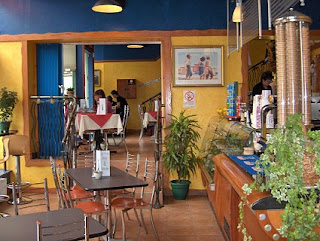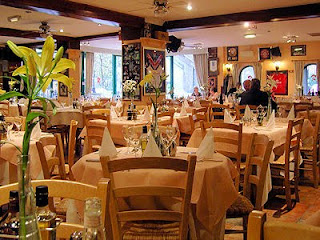


 Of the hundreds of types of ethnic restaurants in the United States, Italian restaurants, including pizza chains, boast the largest number. They also offer an array of opportunities for would-be franchisees and entrepreneurs and the possibility of coming up with a concept modification. Italian restaurants owe their origins largely to poor immigrants from southern Italy, entrepreneurs who started small grocery stores, bars, and restaurants in Italian neighborhoods in the Northeast. The restaurants began serving their ethnic neighbors robustly flavored, familiar foods in large portions at low prices.
Of the hundreds of types of ethnic restaurants in the United States, Italian restaurants, including pizza chains, boast the largest number. They also offer an array of opportunities for would-be franchisees and entrepreneurs and the possibility of coming up with a concept modification. Italian restaurants owe their origins largely to poor immigrants from southern Italy, entrepreneurs who started small grocery stores, bars, and restaurants in Italian neighborhoods in the Northeast. The restaurants began serving their ethnic neighbors robustly flavored, familiar foods in large portions at low prices.
The foods were based on home cooking, including pasta, a paste or dough item made of wheat flour and water (plus eggs in northern Italy). Spaghetti, from the word spago, meaning ''string,'' is a typical pasta. Macaroni, another pasta, is tubular in form. In the north of Italy, ravioli pasta is stuffed with cheese or meat; in the south, it may be served in a tomato sauce without meat. Pastas take various shapes, each with its own name. Pizza is native to Naples, and it was there that many American soldiers, during World War II, learned to enjoy it.









No comments:
Post a Comment